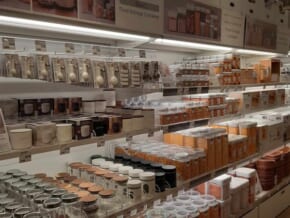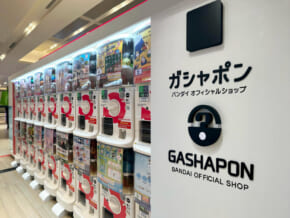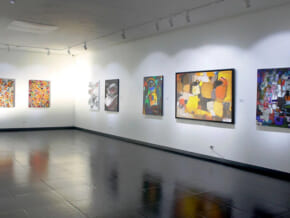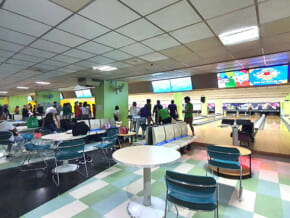JAPAN TRAVEL: Edo-Tokyo Museum in Tokyo
It was in 1993 when the people of Tokyo were reintroduced to their city’s place in history, not that the elders needed any reminding. The younger generation, however, may be a bit out of touch with what Tokyo once was—and that’s what they will get when they step through the doors of the Edo-Tokyo Museum.

The Edo-Tokyo Museum chronicles the capital’s 400-year history, starting from when it was still called Edo and acted as the political center of Japan. Modeled after a raised-floor-style warehouse used in the old days, its vast permanent exhibition covers everything that happened to Japan from the time a Shogun was still in charge up until after the Second World War.

The museum is split into two areas—the Edo Zone, which houses dioramas and miniatures from the Edo period; and the Tokyo Zone, which details the end of the Tokugawa shogunate, beginning with the Meiji Restoration in 1868. These areas are split by a full-scale model of the northern half of the Nihonbashi Bridge. The actual bridge stands to this day and can be found in Chuo, though it has since been reconstructed into a stone bridge from the original Japanese cypress wood.

It can be daunting to explore the museum without a guide. Luckily, the services of volunteer guides are available for free from 10 am to 3 pm. Just go to the 6th floor and head for the Volunteer Guide Reception Center. Languages available vary depending on the day of the week, which is why it’s best to reserve no later than two weeks prior to when you want to visit. Just call 03-3626-9974 once you get to Japan.

If you’re not keen on following a person around the museum, you can always rent an audio guide from the same floor. They’ll ask for a refundable security deposit of ¥1,000, and have audio guides available in 11 languages, including Chinese (simplified and traditional), Thai, Russian, Korean, French, Spanish, German, Italian, English, and Japanese.
Feeling a bit peckish? The Edo-Tokyo Museum houses a cafe (Cafe Mikasa), a restaurant (Mikasa Kaikan) and a cafe and restaurant (Sakura Saryou).
Getting there
Take the JR Sobu Line, get off at Ryugoku Station, and take the West exit.
You can also take the Toei O-Edo Line, get off at Ryugoku, and take the A3 or A4 exits. It’s also three minutes away from the Toei Ryugoku Eki-mae stop on bus routes 27, 28, and 33, as well as the South route of the Sumida City Loop Bus.
Details
Address: 1-4-1 Yokoami, Sumida-ku, Tokyo 130-0015
Operating hours: 9:30 a.m. to 5:30 p.m. (Tue. to Fri. & Sun.); 9:30 a.m. to 7:30 p.m. (Sat.) *Last admission: 30 mins. before closing; closed on Mondays, New Year’s Eve, and New Year’s Day
Admission:
¥600 for adults
¥480 for university and vocational college students
¥300 for seniors, junior high, and high school students
*Admission is free for pre-school and elementary students, junior high school students who are residents of Tokyo, or those with disabilities. Admission is also free for seniors during Silver Day (3rd Wednesday of the month)
Written by Andronico Del Rosario
Supported by GCP
This first appeared in Philippine Primer Magazine Vol. 33 – December issue.













